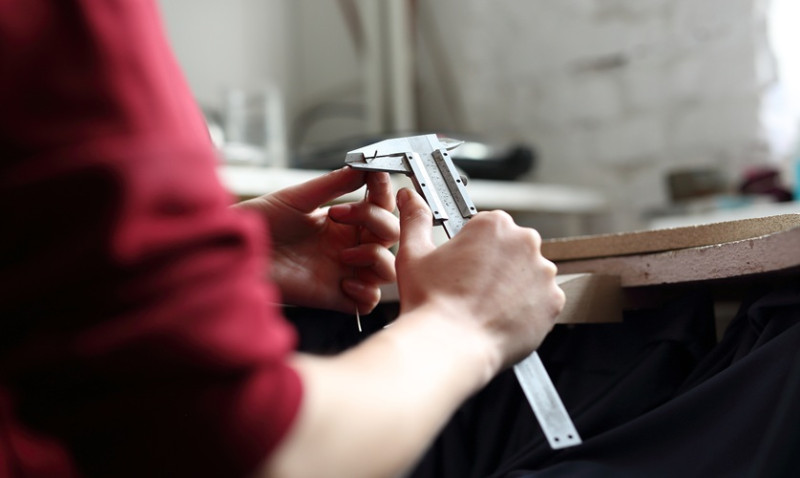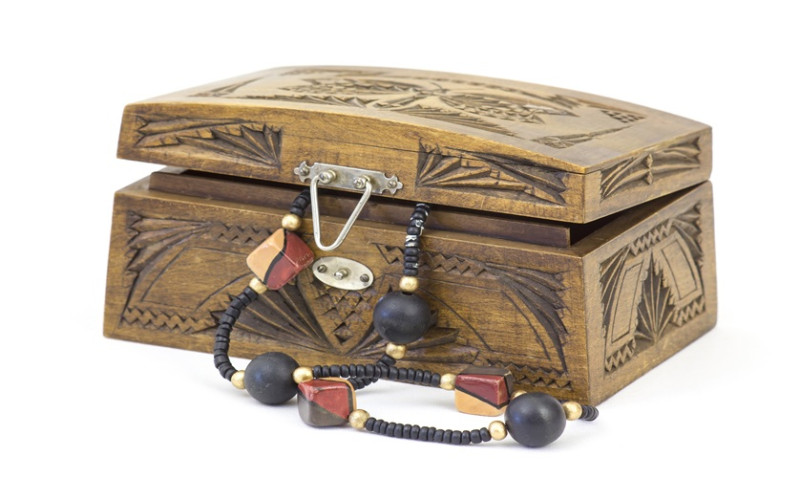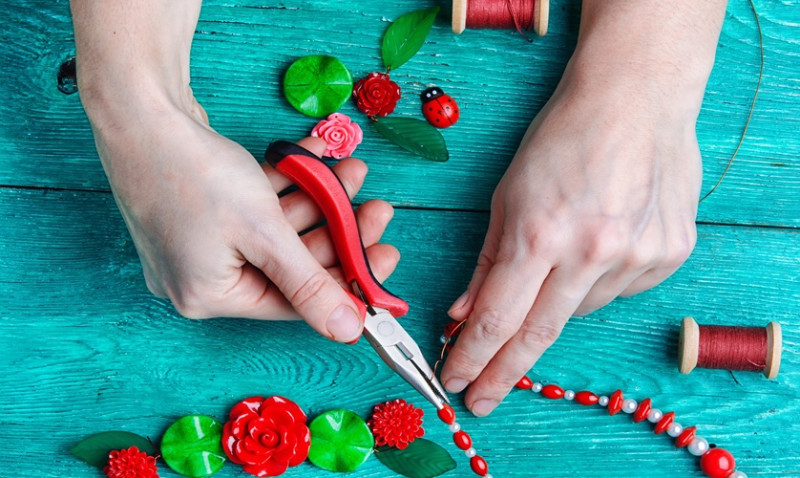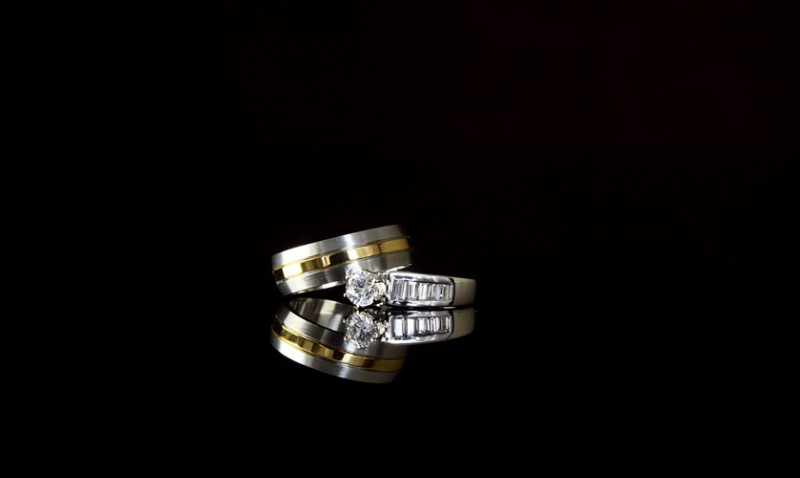
Whether you're a DIY enthusiast exploring the art of fine detail work, a designer looking to experiment with metal or wood crafts, or a tradesperson wanting to refine your cutting skills, the jeweler's saw is a surprisingly powerful addition to your toolbox. Unlike bulkier tools, a jeweler's saw allows for delicate, intricate cutting—ideal for creating customised fixtures, bespoke décor, or model prototypes. In the UK, the trend of personalising living spaces or crafting unique elements for clients continues to grow, and mastering this tool can elevate your precision and creativity.
In this blog post, we’ll walk you through three practical and professional tips to help you get the most out of your jeweler’s saw. Whether you're crafting detailed wood inlays for a revamped kitchen cabinet or creating a one-off light fitting design, these tips will help you cut with confidence and accuracy.
1. Choose the Right Blade for the Job
One of the biggest mistakes beginners make when using a jeweler's saw is picking the wrong blade for the material they're working with. Jeweler’s saw blades come in a wide range of sizes (often called ‘teeth per inch’ or TPI), and using the wrong size can lead to broken blades, rough cuts, or imprecise lines that compromise your project.
If you're cutting metal like silver, brass, or copper—common in artistic or architectural features—a finer blade (for example, size 2/0 to 4/0) works best. These blades have more teeth and produce cleaner cuts on thin metal. For wood or acrylic, a coarser blade (around size 2 to 4) may be more suitable, especially if you're dealing with thicker sections or need to cut curves quickly.
It’s also worth noting that British suppliers often carry high-quality Swiss-made blades, known for their durability and finish. Investing in a quality set of blades can significantly improve your experience, especially over long or intricate jobs.
Lastly, always ensure the blade is correctly tensioned: too loose and it will bend; too tight and it might snap under pressure. A properly tensioned blade should produce a high-pitched “ping” when plucked gently.
2. Master the Sawing Technique
Unlike saws designed for speed and brute force, the jeweler’s saw demands finesse and control. It’s a tool for crafting, not hacking through material. When using it, your posture, hand position, and rhythm all play critical roles.
Start by securing your material on a flat bench pin or V-board, which can clamp to your workbench or kitchen countertop. The workpiece should be firmly in place but still allow you visibility and hand movement. Keeping your saw frame vertical, apply very light pressure and use a fluid up-and-down motion—let the blade do the work. Pushing too hard often leads to snapping the blade or veering off your line.
Short, controlled strokes are better than aggressive, jerky motions. If you need to rotate a sharp corner, stop at the point and gently turn the workpiece while steadily sawing. For UK-based DIYers and craftspeople working in small spaces or shared flats, the jeweler’s saw also benefits from being quiet—no power tools buzzing through timber late at night!
With some practice, you’ll be surprised at the accuracy you can achieve—even DIYers new to the tool can start producing fine fretwork and scroll designs in just a day or two of practice.
3. Don’t Skip the Setup and Maintenance
Before diving into any project, spending a few minutes on setup can save hours of frustration. A jeweler's saw is only as accurate as the way you prepare it. This includes ensuring your saw frame is square, your blade is aligned correctly, and your working area is well-lit and comfortable to navigate.
If you're working in a home workshop or even a makeshift station in a flat, choose a quiet, well-lit area where you can sit upright and maintain good posture. Position a lamp directly over your sawing area to reduce shadows—this is especially important when following marked lines or making internal piercings within the material.
Keeping your blades and saw clean is also essential. Use beeswax or a dedicated saw blade lubricant periodically during your project to help reduce friction and overheating. Especially when cutting through metal, the additional lubrication can extend blade life and create smoother edges—ideal if you're working in interior design and don't want clients seeing rough finishes on exposed features.
It can be helpful to maintain a small blade chart near your workspace, especially if you’re switching materials frequently. Here's a quick reference:
| Blade Size | Material Suitability | Ideal Use |
|---|---|---|
| 4/0 | Thin Metal Sheets | Fine Detail Cutting |
| 2/0 | Medium Metal, Plastics | General Crafting |
| 0 | Wood, Acrylic | Straight Line Cuts |
| 2 | Thicker Wood or Plastic | Rough Trimming |
| 4 | Heavy Materials | Large, Less-detailed Cuts |
Finally, store your blades correctly. They're delicate, and humid or damp conditions in older British homes or workshops can cause rust and fragility over time. A sealed container with a packet of silica gel can help extend their lifespan and keep them ready for use.
Final Thoughts
Whether you’re a London-based interior designer prototyping custom light shades, a Birmingham DIYer crafting personalised wall art, or a tradesman adding decorative panels in a renovated cottage, the jeweler’s saw is a must-have for achieving artisan-level results on a manageable DIY scale.
By choosing the right blade, refining your technique, and paying attention to setup and maintenance, you’ll unlock a precision tool that opens doors to all kinds of creative possibilities. The best part? Once you’ve mastered it, even high-end design features can start right at your workbench—or even your kitchen table.
So next time you’re planning a project, whether rustic or refined, don’t overlook the jewel of your toolbox—the jeweler’s saw might just help you create something truly bespoke and beautiful.






